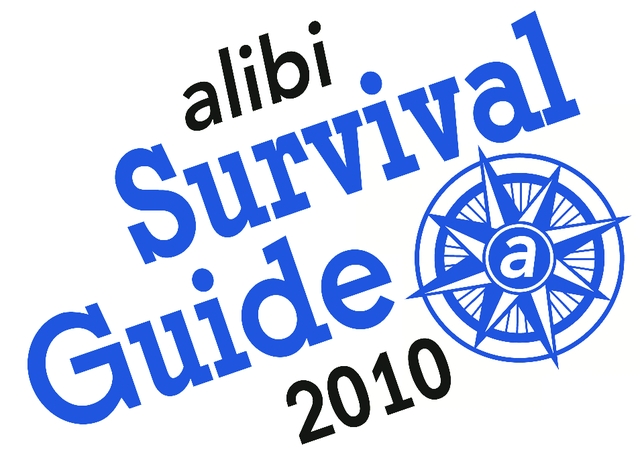Albuquerque Neighborhoods
Should You Become Lost, Just Remember: The Mountains Are To The East.


Latest Article|September 3, 2020|Free
::Making Grown Men Cry Since 1992


